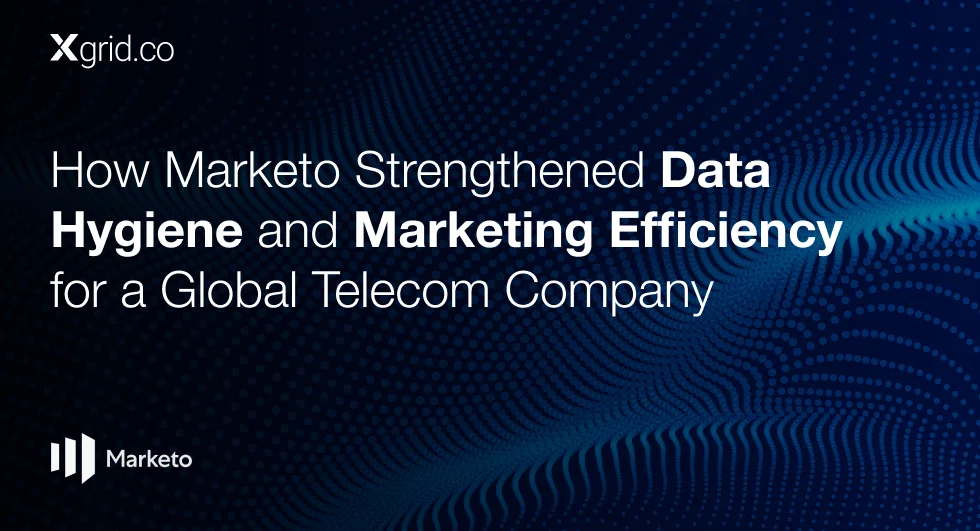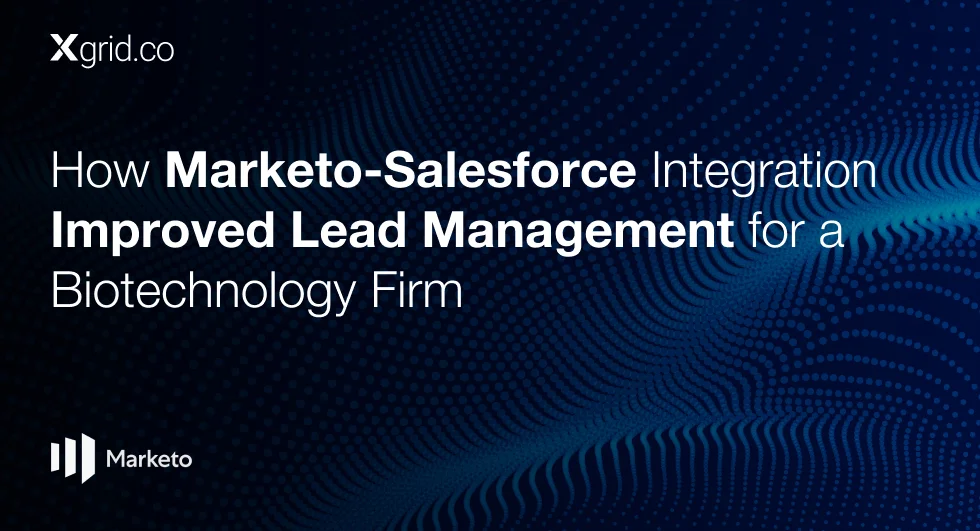Mastering Marketo & MarTech: How Composability is Shaping Martech’s Future
We discuss the future of marketing technology, why composability is the key to success, and how businesses can strategically approach Martech, including platforms like Marketo, to maximize ROI.
Key Pointers
- The importance of composability in Martech stacks
- Misconceptions about Martech tools and implementation
- How to follow customer needs, not just tools
- Practical advice for C-suite decision-makers on Martech and Marketo
1. The basics of composability: The real Martech strategy
Frans Riemersma, a leader in the marketing technology space, offers a unique perspective on composability: it’s not just a strategy—it’s the foundation for building successful Martech stacks like Marketo.
“We haven’t gotten to grips with the basics, and the basics is composability. That’s not a strategy—it’s what we do.”
Composability refers to the practice of building marketing tools that can be easily customized, scaled, and integrated as needs evolve. According to Frans, one of the biggest mistakes businesses make is believing that implementing one tool like Marketo will solve all their problems. In reality, the ability to compose the right combination of tools is essential to achieving long-term success.
2. Common Martech pitfalls: Misguided beliefs in a single solution
Frans addresses a critical misunderstanding in the Martech world: many organizations think that investing in the latest technology or platform, including Marketo, will magically solve all their challenges.
“The software worked, but you know the operation was successful, but the patient died. The emails went out, but the client hates us now.”
This emphasizes the danger of over-reliance on tools like Marketo without understanding customer behavior. Frans believes that customer needs should guide Martech decisions, not just the allure of new software.
3. Follow the customer, not just the tool
Businesses often take a top-down approach to implementing Martech solutions, assuming that having the right tool, such as Marketo, will streamline processes. Frans advises against this thinking, urging leaders to follow the customer’s journey instead.
“We are obsessed with software, but we’re losing the human—the user and the customer.”
To drive value, companies must first understand what their customers need and where they encounter friction in the customer journey. Tools like Marketo should be selected and implemented based on these insights, rather than as a catch-all solution.
4. C-Suite decision-makers: How to get Martech and Marketo right
Frans offers advice to C-suite executives, who are often overwhelmed by the variety of tools and solutions available. He notes that these leaders are frequently educated by IT and analysts, who may not fully grasp the nuances of customer technology like Marketo.
“C-level is normally educated by IT and analysts… What they haven’t figured out yet is that it doesn’t work for customer technology.”
Executives must approach Martech from a customer-centric perspective, asking, “What does our customer really need?” instead of simply adopting the latest trends or switching platforms like Marketo without a strategy.
5. Linking tools: make smarter Martech and Marketo investments
To align with Frans’s emphasis on composability, it’s essential to explore how businesses can leverage platforms like Marketo that support easy integration and adaptation. Marketing automation platforms such as Marketo can play a vital role in creating flexible, customer-focused marketing strategies.
For expert advice on optimizing your Marketo implementation and leveraging the full potential of your Martech stack, check out our Marketo Consulting Services.





